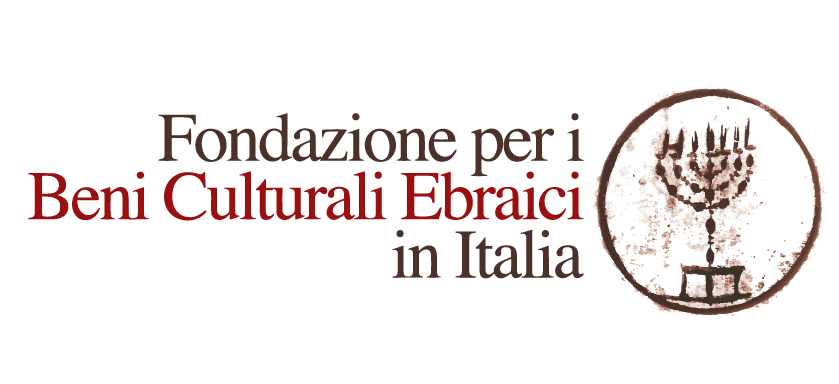“Being here today is important, as it signifies recognition of the fact that Italian religious heritage is not just Christian, but includes that of all the other minorities across the nation”. This was pointed out by Dario Disegni, President of the Foundation for Jewish Cultural Heritage in Italy, during his speech yesterday afternoon at the international conference “Patrimonio architettonico religioso – Nuove funzioni e processi di trasformazione”, taking place at the Salone d’Onore of the Palazzo del Valentino in Turin yesterday and today. The two-day event, dedicated to the study of the functional adaptation of religious buildings, is being run by the Department of Architecture and Design of the Politecnico di Torino and by the National Office for Ecclesiastic Cultural Heritage of the Italian Episcopal Conference. “This is an important occasion for people to realise that all religious organisations share the same needs, and to set up partnerships”, remarked Carla Bartolozzi, lecturer at the Politecnico di Torino and coordinator of the Academic Board. Also on the same wavelength was Laura Moro, Director of the Central Institute for Cataloguing and Documentation at the Ministry for Cultural Heritage and Activities and Tourism. She moderated yesterday afternoon’s session, which focused on the extent of religious cultural heritage, and observed how the field of religious cultural heritage is made up of many, many people who are very different to each other. “These chances to come together are, therefore, excellent opportunities for getting to know each other, staying up to date on news and above all, creating a common language”, Moro said. The afternoon, during which Dario Disegni, President of FBCEI, presented Jewish architectural heritage in Italy, therefore offered a series of presentations by representatives from the various institutions which make up this sector. These included speeches by Mons. Stefano Russo and Laura Gavazzi, of the National Office for Cultural Heritage of the CEI; Stefano D’Amico, of MIBACT; Giovanni Zito and Mario Parlagreco, of the State Property Agency Regional Head Office for Piedmont and Valle d’Aosta; Daniele Jalla, President of the International Council of Museums – Italia and member of the Società di Studi Valdesi; Lino De Campo and Fabio Cerato, of the Associazione Vita Consacrata of Piedmont; and Valeria Minucciani, lecturer at the Politecnico di Torino. “Within Jewish cultural heritage, which is of great interest to the general public, architectural heritage consists of buildings, the synagogues scattered throughout various regions, which in their variety, narrate the history of the minority that lived in those places”, observed Disegni. He went on to underline the great efforts currently being made by the Foundation to update the catalogue of Jewish cultural assets spread through the country, which will be made available for general consultation by scholars and anybody interested. This requirement is also shared by the Waldensian minority, for which Jalla illustrated its recently developed digital platform for the inventory, cataloguing and promotion of cultural content. The platform, named ABACVM (Archivio Beni e Attività Culturali Valdesi e Metodisti), is intended to establish a dialogue between various conceptual models for describing cultural heritage, and to fine-tune a system of interoperability, so as to develop new channels of use by traditional catalogue databases, Jalla explained. Meanwhile, today’s event is entirely dedicated to the theme of research and restoration projects, looking at exemplary cases of restoration and re-use projects of religious buildings. These include that for the synagogues in Piedmont, illustrated in a speech by Franco Lattes, lecturer at the Politecnico di Torino. “Although Judaism is associated with the idea of a tight-knit people drawn together by its indissoluble bond with a millennia-old tradition, Jewish cultural heritage offers a relatively restricted panorama, quantitatively speaking, and yet one which is extremely multifaceted and varied”, he noted. Therefore, according to Lattes, it is useful to restrict the field to the limited, yet extremely plentiful area of Piedmont, “precisely because even in such a small area one finds that richness and variety of cases which serves to highlight how, through the differences, it is possible to distinguish between a stable, unified nucleus and a malleable, varied outer wrapping”. There are plenty more notable speeches and topics dealt with, including that of the Unesco consultant Tatiana Kirilova Kirova, and a discussion on religious tourism with Rita Capurro and Francesco Novelli, lecturers at the Università Bicocca and at the Politecnico di Torino. Lastly, the conclusions of the conference will be presented by the organizer Carla Bartolozzi, along with others including Dario Disegni and the Moderator of the Waldensian Table, Eugenio Bernardini.
Francesca Matalon (12 December 2014)




